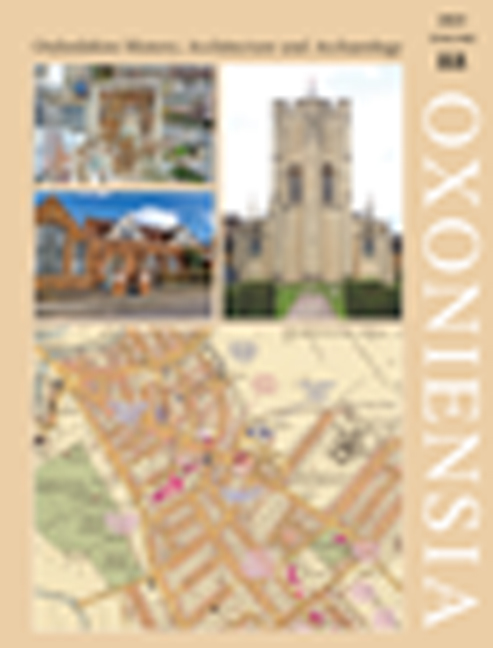An Eighth- to Seventh-Century BC Pit Cluster and a Middle Iron Age Boundary Ditch: Further Excavation at Chinham Farm Extension, Bowling Green Farm Quarry, Faringdon
Published online by Cambridge University Press: 15 May 2024
Summary
SUMMARY
Archaeological investigations carried out over more than a decade in advance of mineral extraction revealed a very low volume of archaeological features. Eight pits formed a small cluster, with one outlier to the south and a notable lack of features in the whole remaining area of the site, with the exception of two small, undated pits by the western limit of the area. The pit cluster contained a surprisingly dense group and range of finds and two radiocarbon dates confirm that it represents a relatively short-lived use of the site in the eighth or seventh century BC. An especially concentrated deposit of pottery vessels in particular suggests the filling of the pits was the result of feasting. As is often observed, there were no associated structural remains to indicate permanent settlement and it may be that some symbolic occasion was being celebrated in a one-off event. A linear ditch previously revealed in the quarry can now be seen to be at least 520 m long and may be a significant territorial boundary on the ridge: it seems to date to the Middle Iron Age.
Thames Valley Archaeological Services (TVAS) is undertaking a long-running archaeological recording action in advance of mineral extraction at the c.19 ha Chinham Farm Extension of Bowling Green Farm Quarry, Faringdon (SU 3155 9475) (Fig. 1). The work overall extended from May 2007 to September 2020. The results of the first seven years of the project (Phases 1–3, covering around 7.7 ha) were published in advance of completion of the rest, as there was then an interval of several years, and this report presents the results from the most recent seasons of the archaeological work (Phases 4 to 6, 2017–2020), covering a further 3.35 ha.
The site is between the market town of Faringdon and the village of Stanford-in-the-Vale in the south-west of Oxfordshire, on the northern side of the A417 (Fig. 1). It is located on the Corallian Ridge, with the top of the ridge locally at a height of c.103 m above OD sloping gradually down from south to north to the Frogmore Brook at c.95 m above OD. The underlying geology at the high point in the south is Stanford (Jurassic) Limestone, with alluvial clay, sand, gravel and sandstone silts filling on the valley edges to the north.
- Type
- Chapter
- Information
- Oxoniensia 88 , pp. 227 - 256Publisher: Boydell & BrewerFirst published in: 2024



